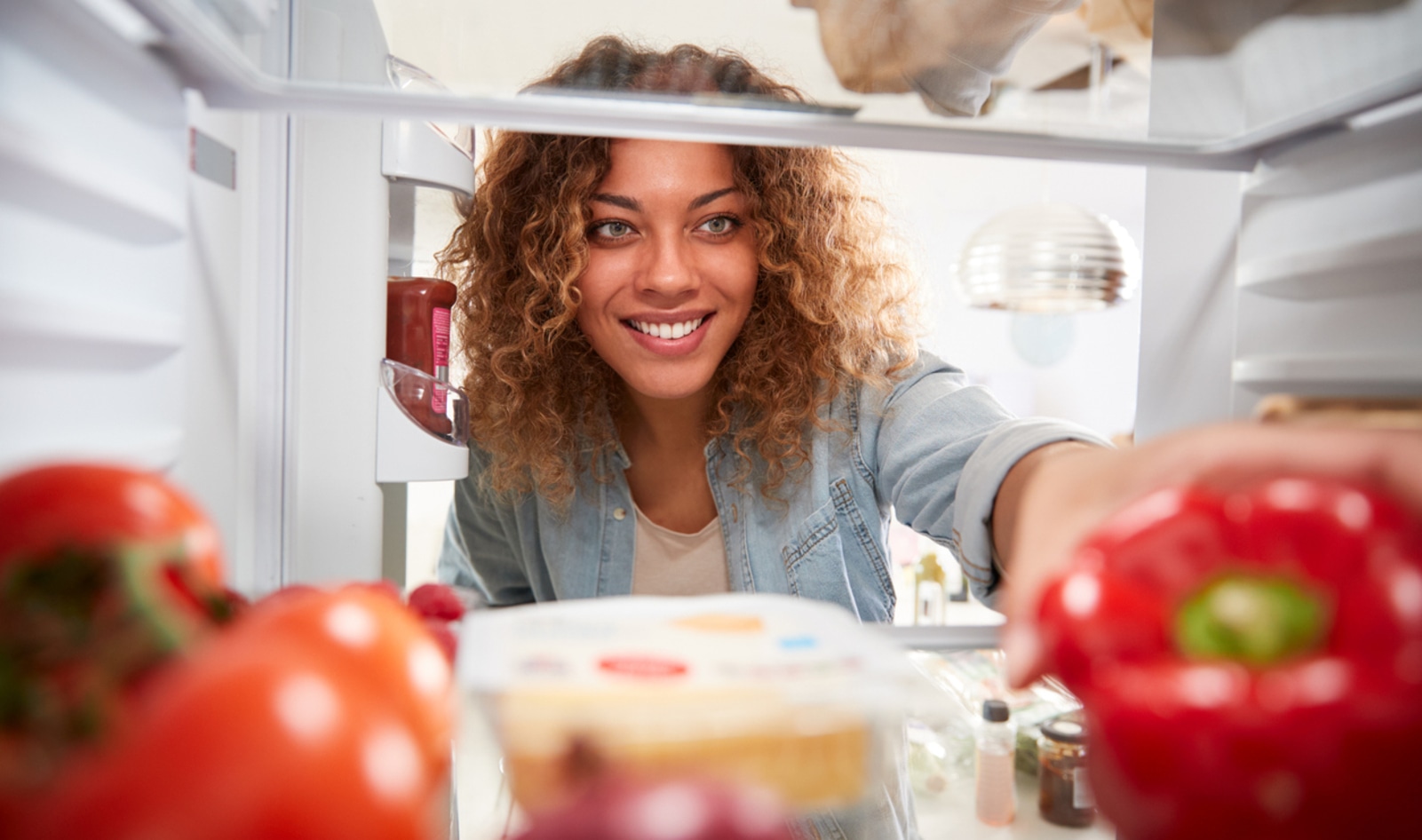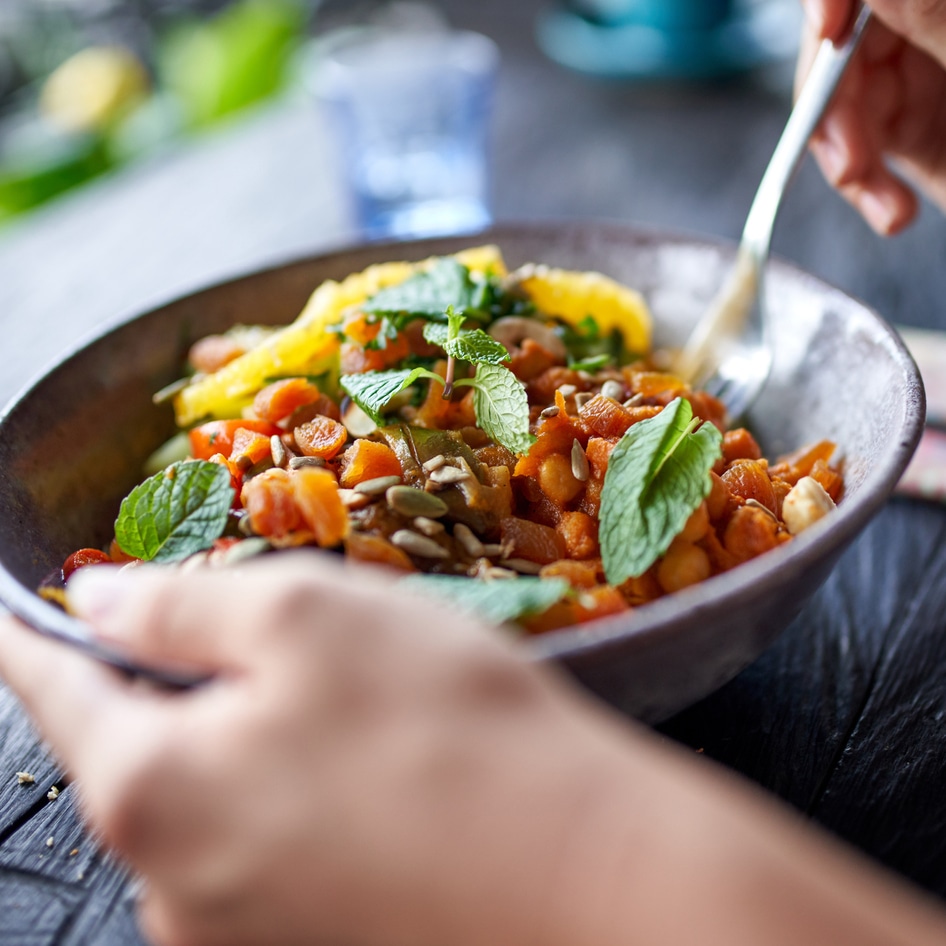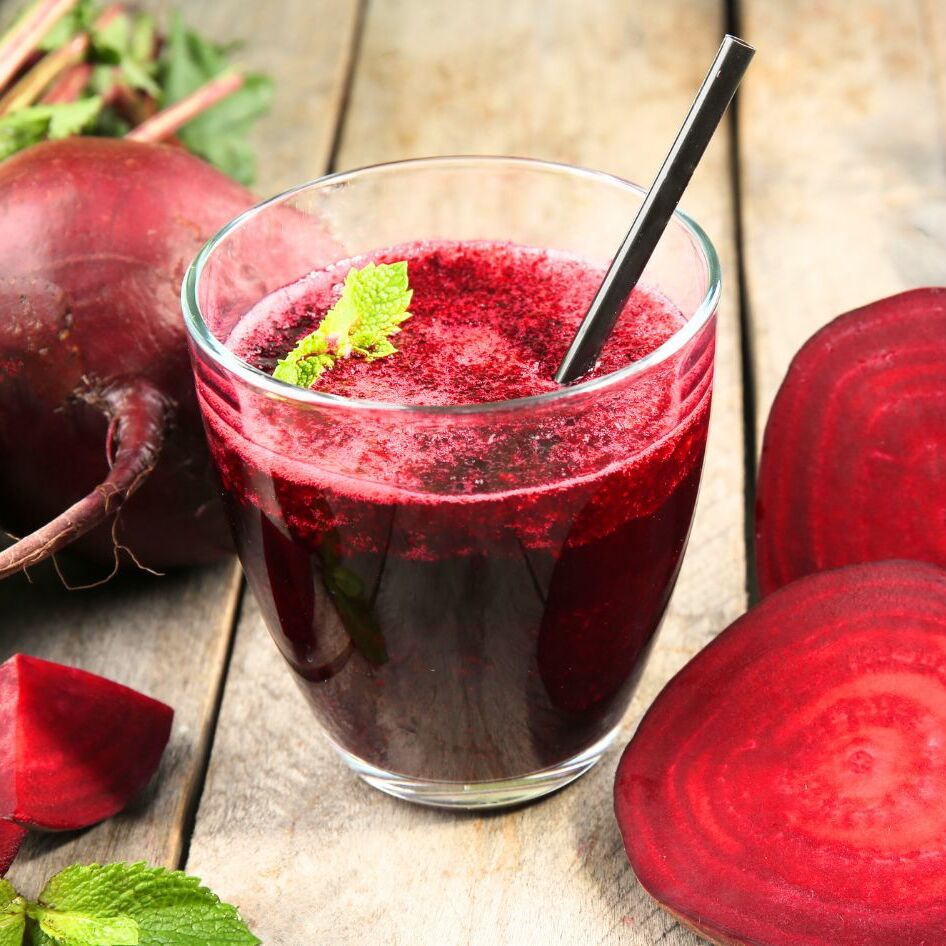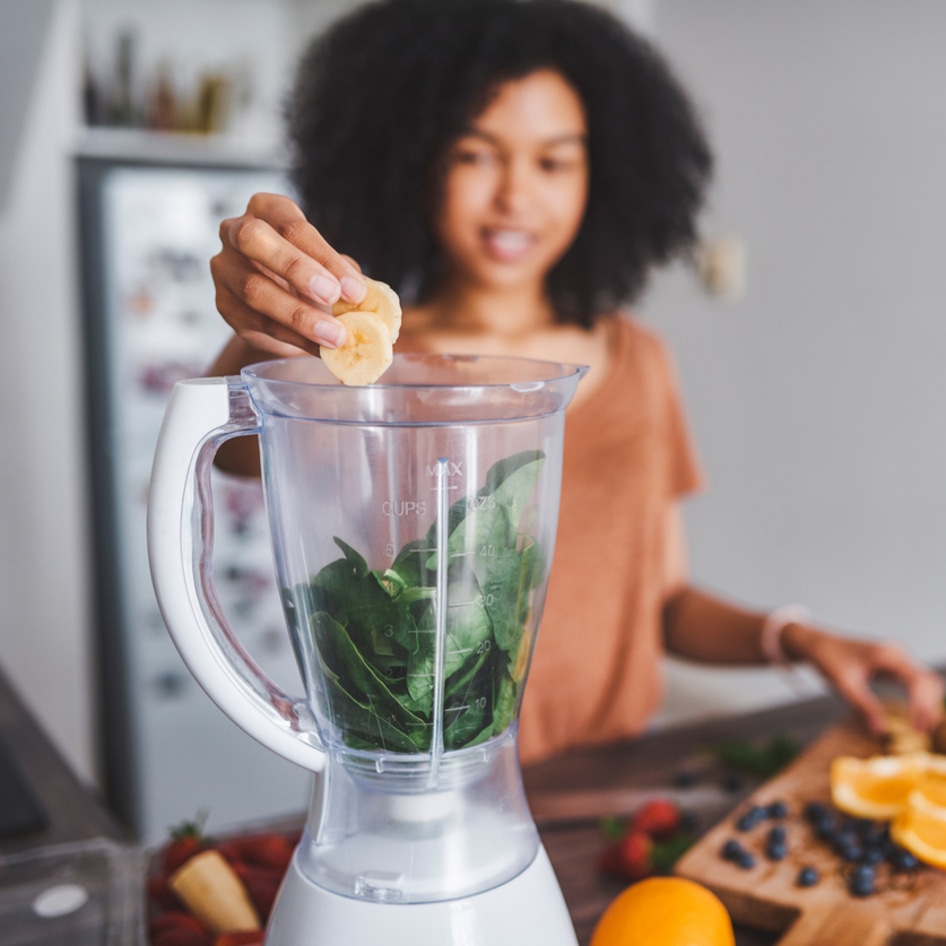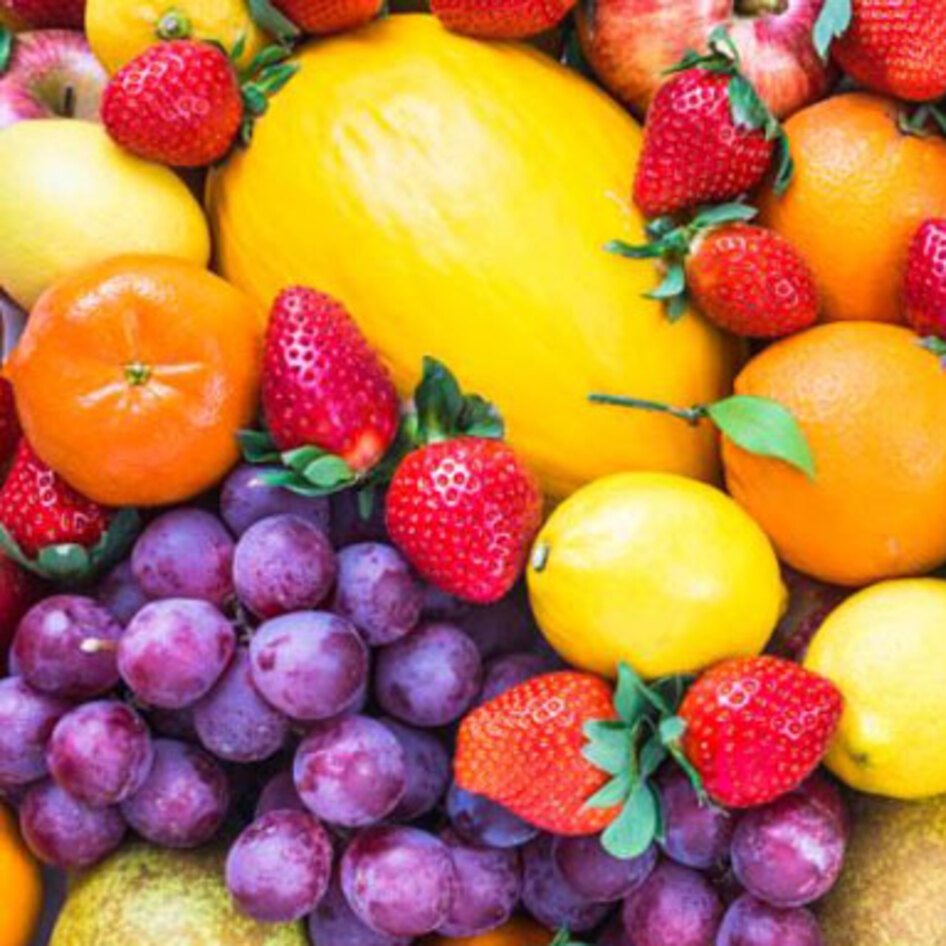Let’s be honest, when life is busy, that sad, wilting bag of spinach at the back of the fridge drawer just isn’t a top priority. We all throw away food sometimes, it’s an unfortunate fact of life. But there are ways to reduce food waste (and make healthier eating easy at the same time) and one of them is to pay close attention to where you’re putting things in your fridge.
Yep, it seems like a mundane, inconsequential task, but keeping the fridge organized neatly can actually have a big impact on our daily lives, reducing the amount of food we throw away and making sure we’re getting the best out of our ingredients, too.
We spoke with three nutrition experts to get their top tips for storing fruits, vegetables, herbs, and other plant-based ingredients correctly—you can find their extremely useful advice below. But first, here’s more about the benefits of good fridge organization.
Is it important to keep your fridge organized?
As we touched on above, keeping the fridge organized can result in fewer items being thrown away. Around 80 million tons of food is wasted across the US every year, with the average American household throwing away more than six cups of food every week. A significant percentage of this is spoiled food, which can be avoided by keeping the fridge in tip-top condition so you can easily see when fruits and vegetables are on the turn.
But there are other benefits to good fridge organization. It’s more cost-effective because you reduce the chance of buying produce just to throw it away. And it’s also better for our health, too. When nutritious ingredients are stored correctly, they often last longer, giving us more of an opportunity to make delicious healthy meals with them.
 Pexels
Pexels
Here’s what our experts have to say about the benefits of good fridge organization.
“Organizing your fridge can help you have healthy meals and snacks within reach at all times,” says Amy Gorin, MS, RDN, owner of Plant Based with Amy and nutrition partner with dried fruit company Sunsweet. “For instance, if you love smoothies, you can pre-batch ingredients so that all you have to do is grab a baggie, some ice from the freezer, and blend for a healthy meal.”
“With proper storage and organization, produce will last longer, taste better, prevent food-borne illnesses, and lessen the burden on landfills and also on your wallet,” says Maria Emerick, MS, RDN, LD, Owner of Homegrown Nutrition. “Taking time to organize the fridge after grocery shopping and using “half-prep” meal planning techniques (preparing produce to the point to which you are ready to use) will save hours back from your busy work week and prevent stress from already having a plan in place that will only take minutes to execute.”
8 expert tips for the best plant-based fridge organization
“Better fridge organization results in less waste, cost savings, and better nutrition because you’re more likely to use food that you have on hand,” says Nichole Dandrea-Russert, MS, RDN, of Purely Planted. “Staying organized is also inspiring and motivating! If you feel organized, you may feel more confident in creating delicious plant-based meals in your kitchen.”
Want to learn more from our experts? Find their top fridge organization tips below.
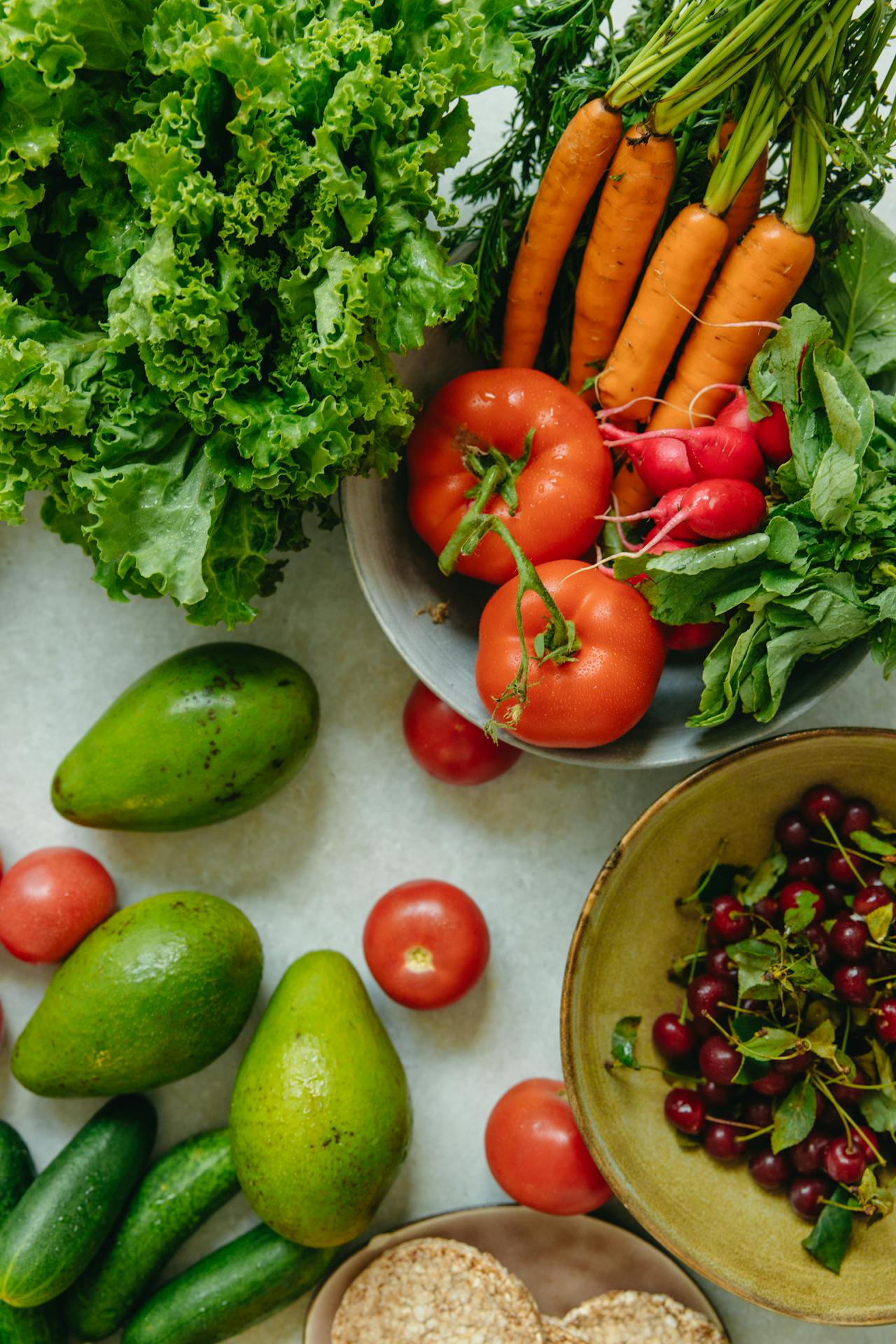 Pexels
Pexels
1 Try to keep fruits and vegetables apart
“Certain fruits can emit a gas called ethylene, which can prematurely ripen or spoil the vegetables around them,” says Dandrea-Russert. “Apples, avocados, and stone fruits are some examples of high ethylene-producing fruits that should be stored separately from vegetables.”
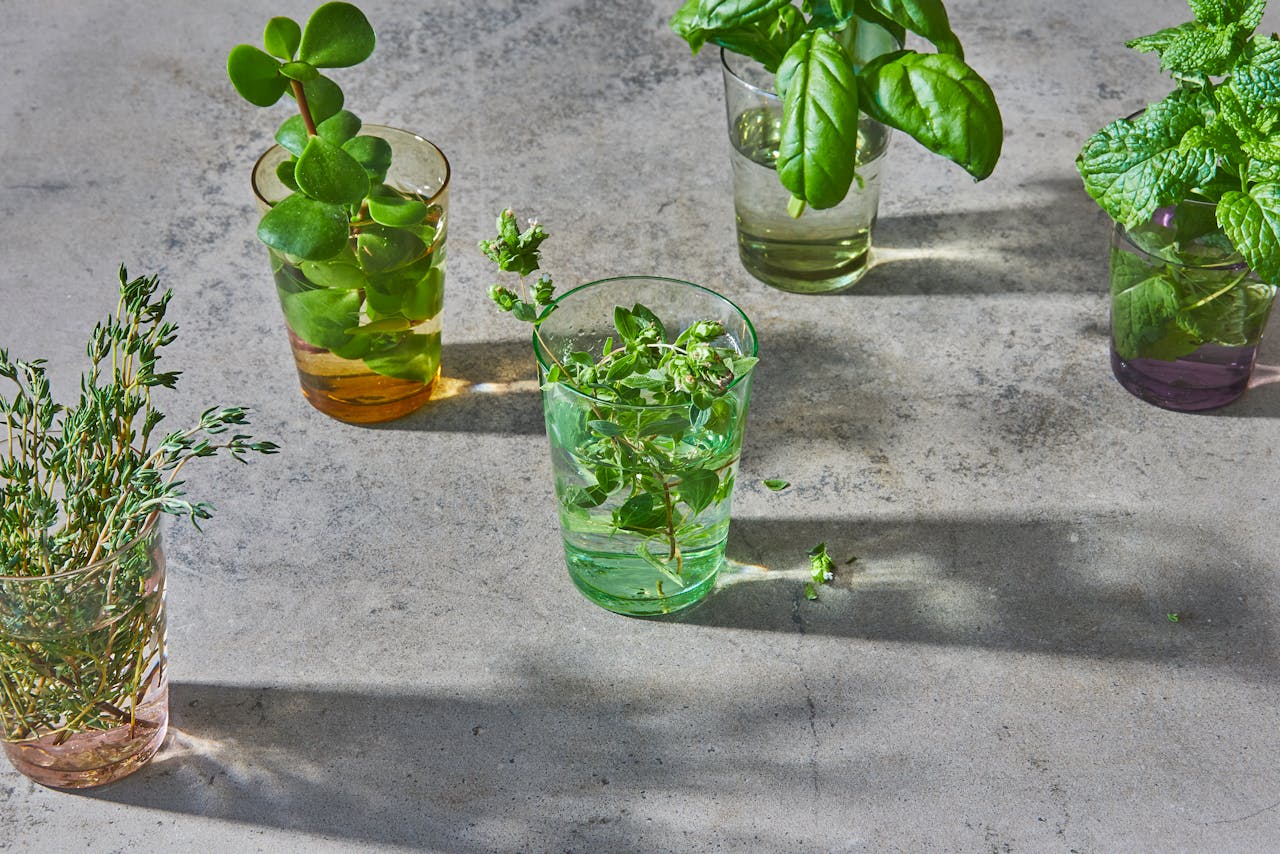 Pexels
Pexels
2 Trim and store herbs in water
“Herbs keep best just like preserving a bouquet of flowers,” says Emerick. “Remove the rubber band, trim the bottom stems, place in an inch or two of water, and store in the fridge.” Dandrea-Russert agrees and says the same trick can even be applied to some vegetables. “Store the bottoms of herbs, like cilantro and parsley, as well as celery, asparagus, and green onions in one to two inches of water to extend their shelf life by a few days and up to a week,” she explains. “If you don’t have the overhead space, consider wrapping the stems in a moist paper towel and keeping them in an airtight container.”
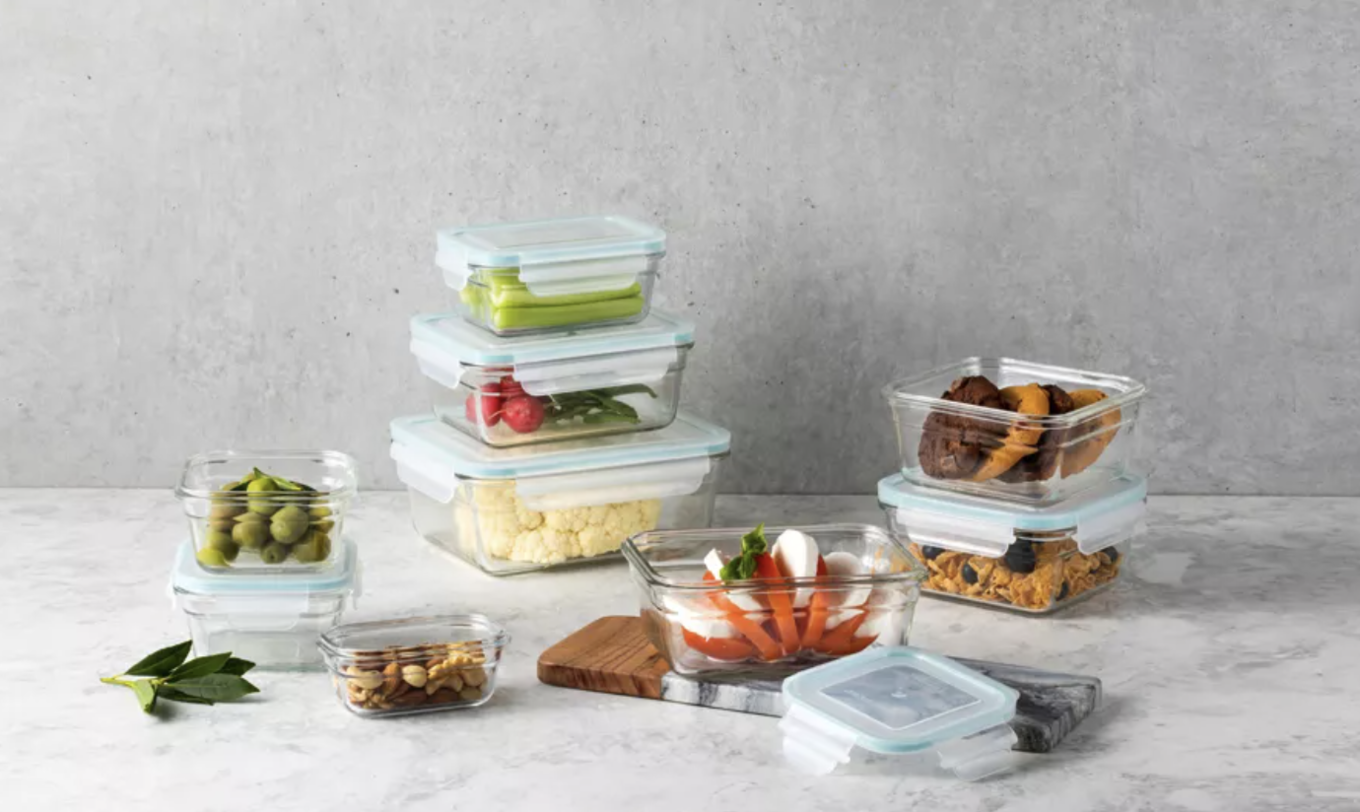 Glasslock
Glasslock
3 Stack prepared foods neatly in clear containers
“If you like to prepare as much as possible to make weekday meal creation simple and efficient by washing and chopping vegetables ahead of time, invest in glass storage containers to store your chopped produce,” says Dandrea-Russert (you can find some of our top picks for glass containers here!). “Stack the glass containers on top of one another on shelving where you can easily see what’s in them.”
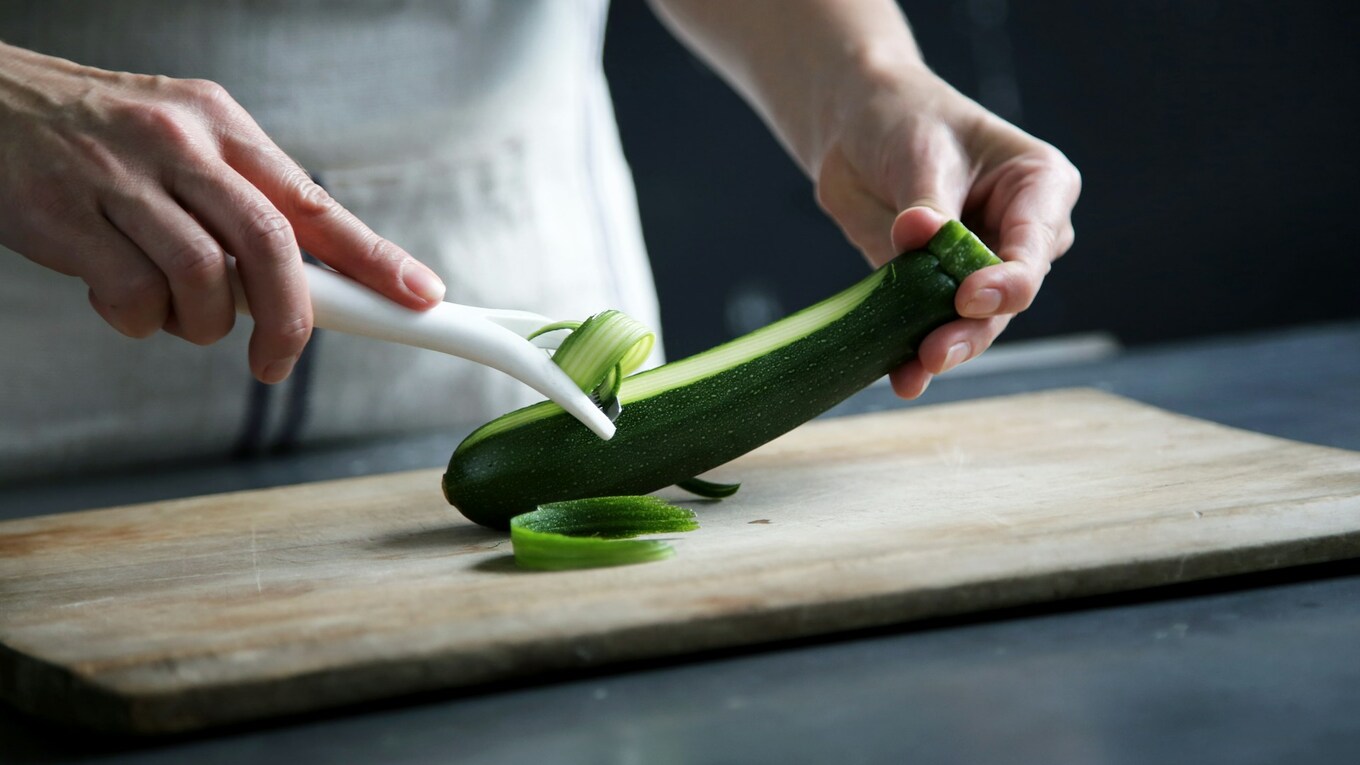 Unsplash
Unsplash
4 Keep a fridge bin for food scraps
“Keep a catch-all bin front and center in the fridge for when you have small scraps of food left over,” recommends Dandrea-Russert. “Avoid waste by using them in everything from soups to stir-fries to sandwiches. For example, if you have half a carrot leftover from a recipe that called for one cup of carrots, keep it in the bin and either snack on it later or add it to your next plant-based dish. Storing this bin in the front of the fridge where you’ll see it ensures you’ll use the excess produce when making your next meal and that nothing goes to waste.”
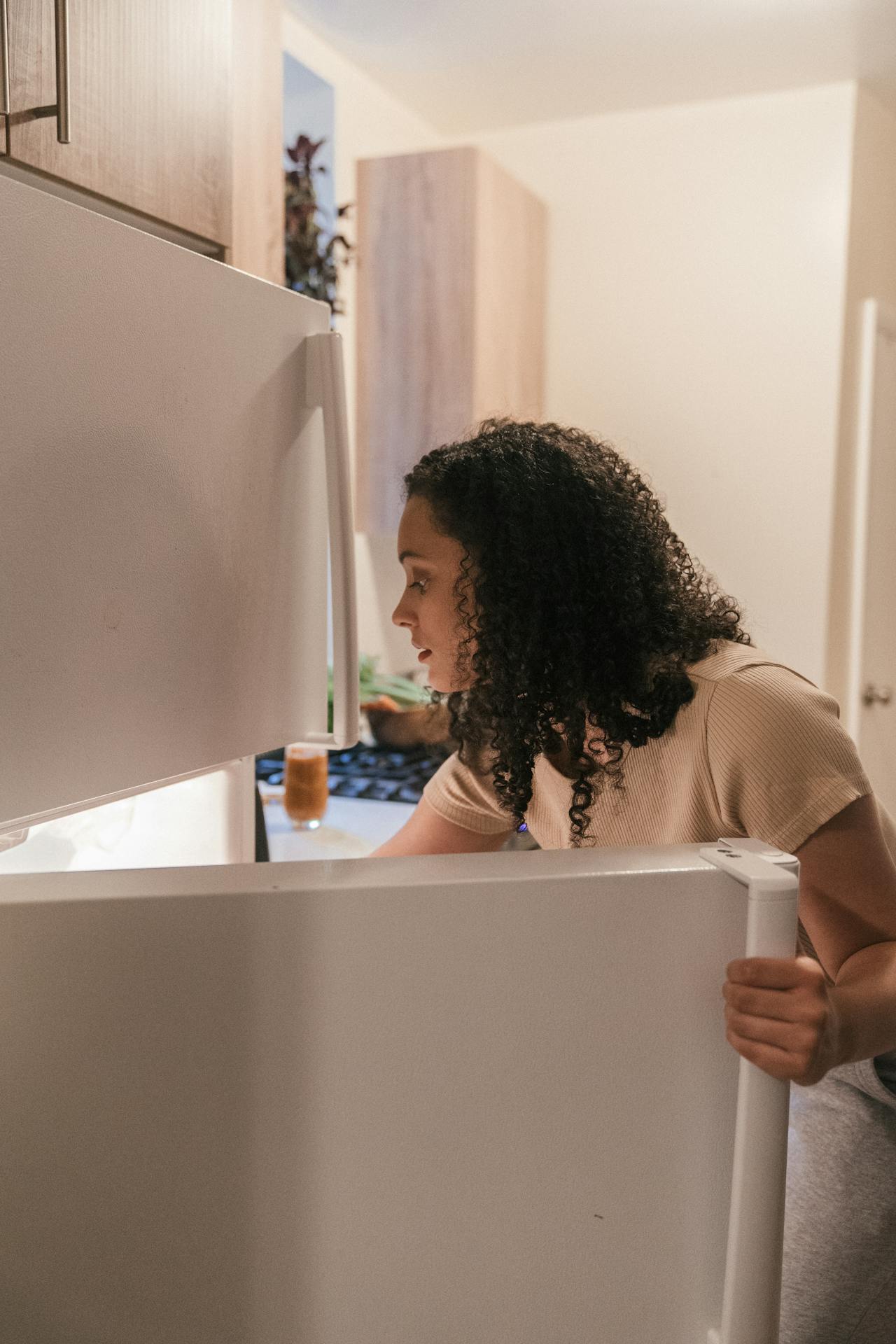 Pexels
Pexels
5 Place healthy foods in easy-to-access spots
“Honestly, wherever you’re likely to reach for healthy foods is the best place to store them,” says Gorin. “So I keep my plant-based milks on the door and I use a lazy Susan to organize other various plant-based ingredients, such as nut butters and vegan yogurts.”
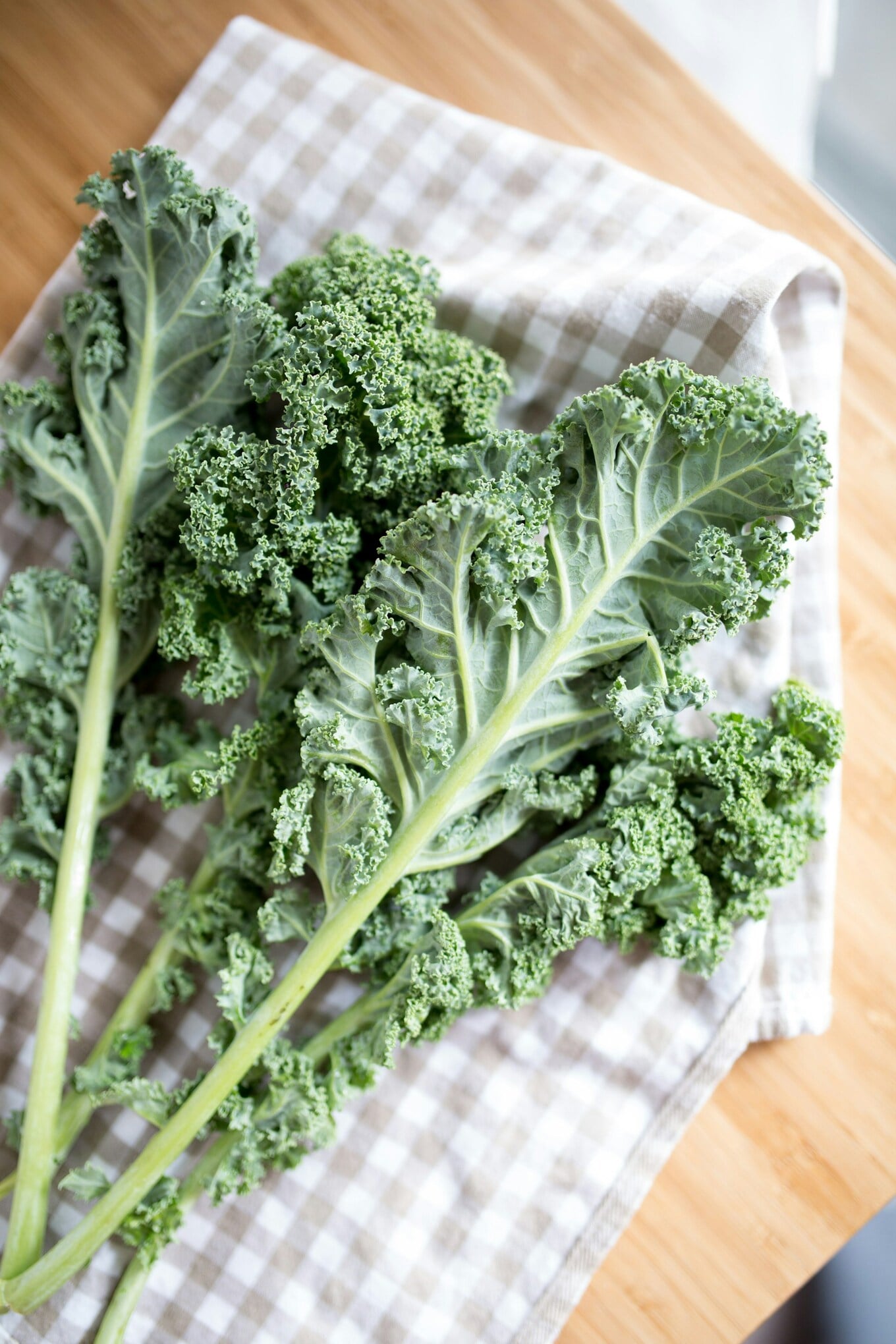 Unsplash
Unsplash
6 Wrap washed leafy greens in paper towels
“Some experts recommend waiting to wash delicate leafy greens until you’re ready to use them since they can spoil more quickly when exposed to moisture,” says Dandrea-Russert. “However, if you like to wash all produce when you get home from the grocery store to ensure you’ll use it, allow the leafy greens to dry as much as possible and store them with paper towels (to absorb any excess moisture) in a bag or container before placing them in your crisper drawer.”
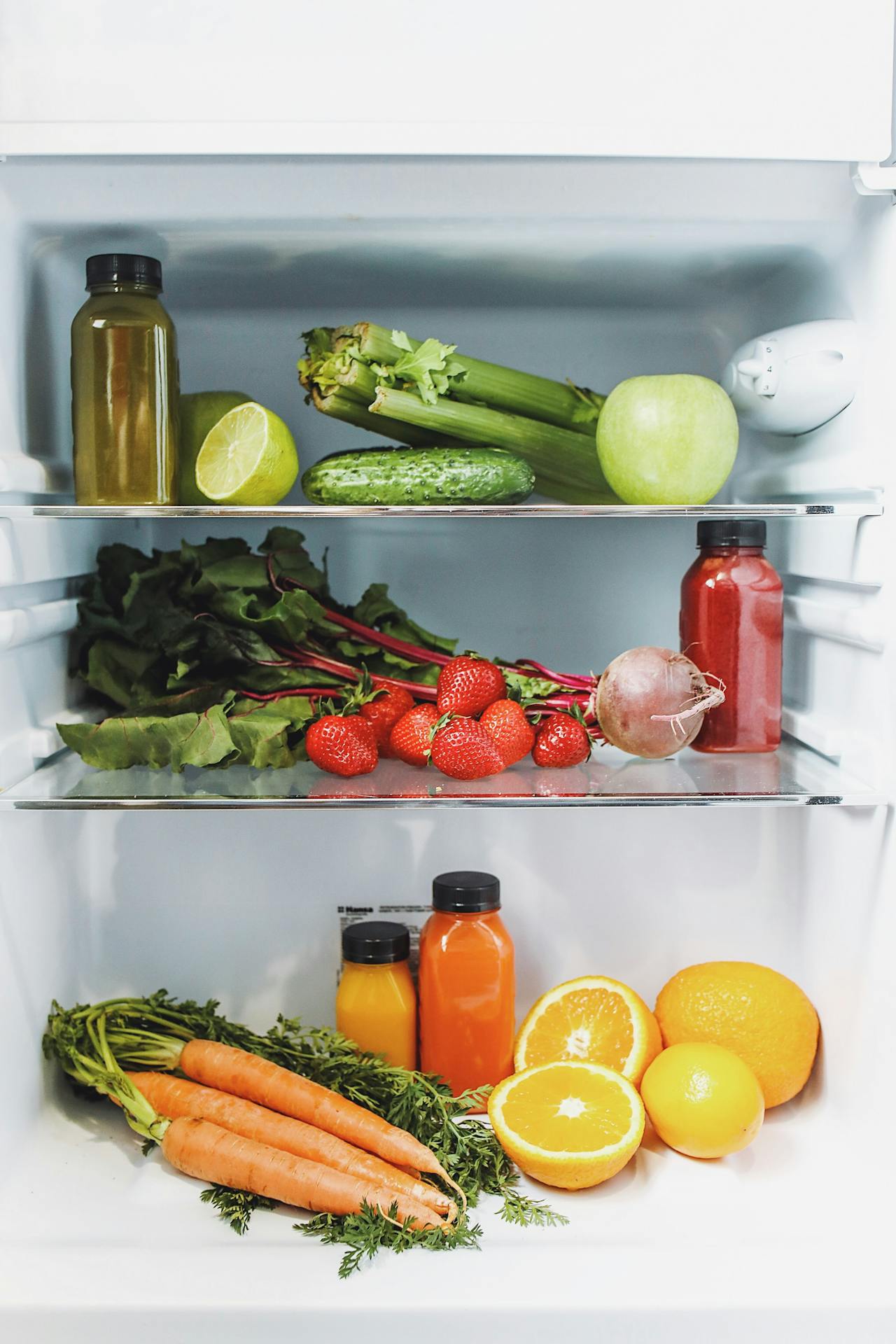 Pexels
Pexels
7 Keep older fresh produce where it’s easy to see
“Keep fresh produce easily visible and near the front of the fridge so you remember to use it in a timely manner,” says Emerick.
“When going grocery shopping and purchasing similar items to what you already have on hand, make sure to rotate by placing the recently purchased items in the back and the older items in the front so they’re used up first,” adds Dandrea-Russert.
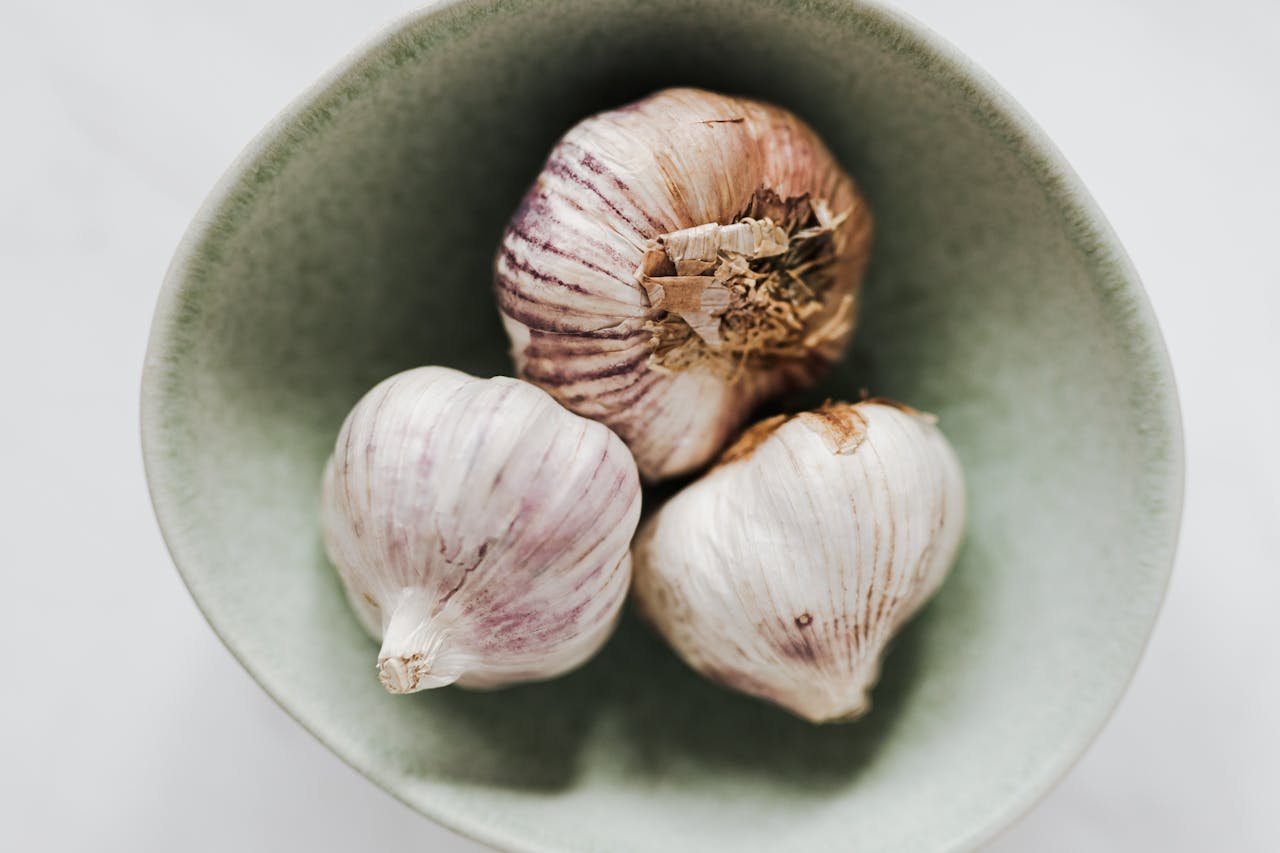 Pexels
Pexels
8 Not everything actually needs a space in the fridge at all
“Produce like bananas, peaches, melons, tomatoes, avocados, and oranges should ripen at room temperature before being placed in the fridge. Once in the fridge, proper airflow is important for preserving quality and lengthening usability,” says Emerick. “Onions, garlic, potatoes, eggplants, and pumpkin should be stored in a cool, dark, dry pantry with onions and potatoes each stored separately in a cardboard box or paper bag.”
For more food tips, read:
JUMP TO ... Latest News | Recipes | Guides | Health | Subscribe

